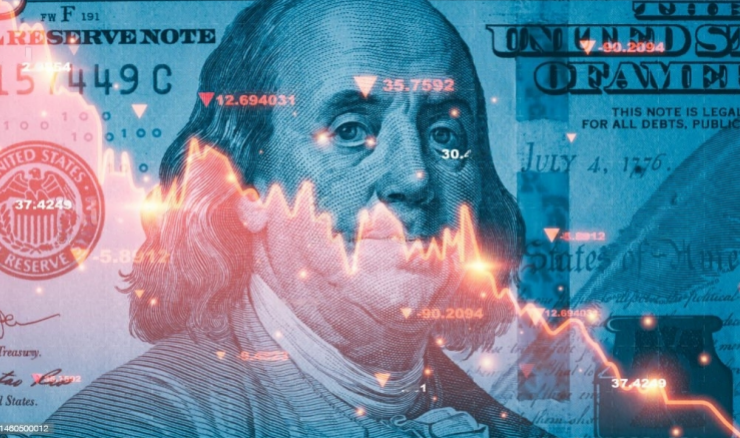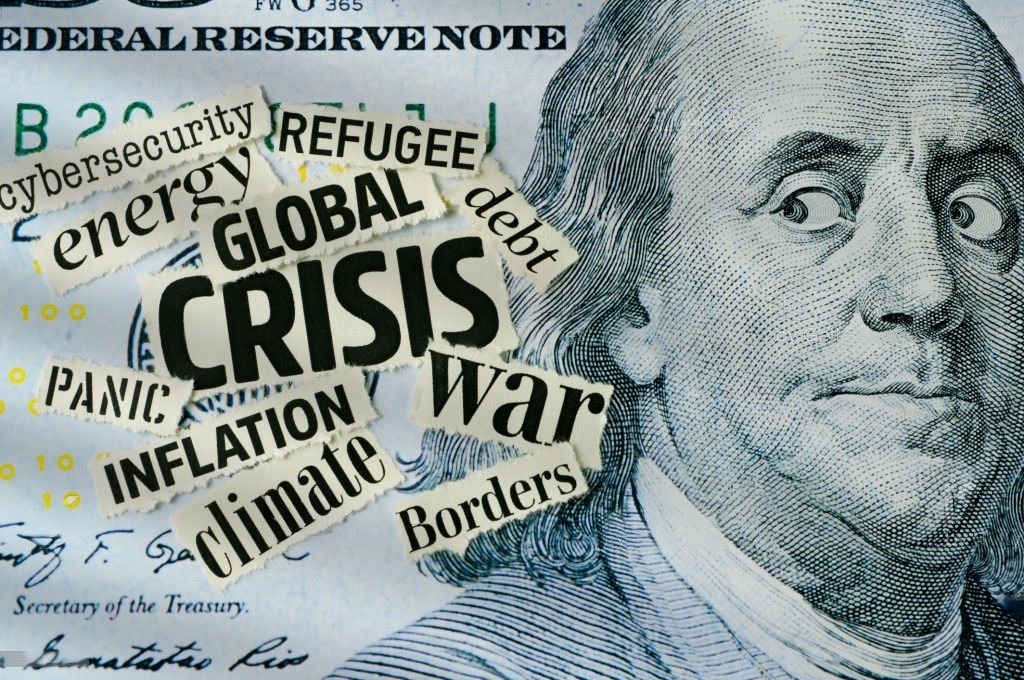Weather, inventories and other factors are key issues The natural gas market is known to be highly volatile of late, yet the four straight days of double-digit gains and losses in Port Henry last month still deterred even the most seasoned natural gas market traders.
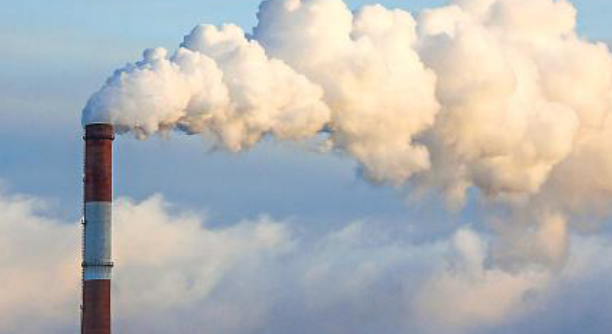
Natural gas futures price volatility may continue and intensify on the New York Mercantile Exchange as the long-short tug-of-war continues. the December near-month contract rose nearly 12 percent to $6.30 on Monday, only to reverse completely on Tuesday, falling 64.1 cents to close at $5.714. On Wednesday, oil prices rallied again and hovered around $6 as major weather forecasting models indicated the possibility of generally below-average temperatures around mid-November. Notably, the drop in natural gas prices on Tuesday was partly due to sluggish demand for liquefied natural gas (LNG) exports. In fact, demand for feedstock gas fell to 11 billion cubic feet per day earlier Tuesday after a four-day maintenance period began at the Sabine Pass pipeline, bringing the terminal's capacity down to 78 percent. Another pessimistic factor is the imminent resumption of Freeport LNG exports, which are expected to add at least 2 Bcf/d of feed gas to the market. It is believed that this additional feed gas will start to increase in early November and continue to increase to full capacity by the end of the month. It's also worth noting that weather forecast models have also led to a sell-off in natural gas. The Global Forecast System GFS model suggests that the outlook for temperatures across the U.S. could converge to seasonal normality. However, the GFS system's recent forecasts for temperature forecasts have been erratic, so it is challenging to usethis particular model to gauge how cold-air conditions will play out.
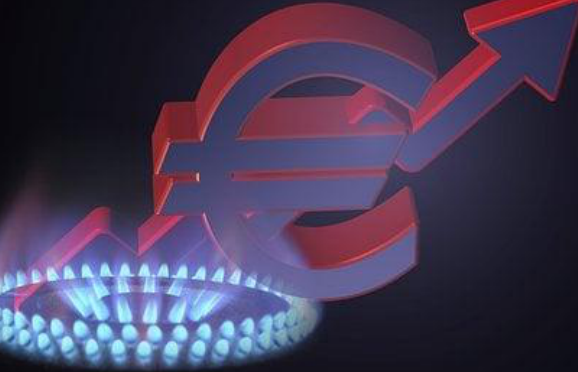
Meanwhile, Europe's ECMWF's model forecast appears more cautious and accurate, and this model tends to believe that temperatures will be colder in the aftermath. As of Tuesday night, ECMWF's model indicated that a cold snap (shades of green and blue) appears to be breaking out in mid-November, which could cause a spike in demand for natural gas, which triggered a price spike in NYMEX near-month natural gas futures on Wednesday. Alan Lammey, an analyst at natural gas market consultancy Gelber & Associates, expects that, on the one hand, "significant price volatility will be a major trend for the foreseeable future. Weather temperature forecasts from GFS-based weather forecasting models are causing a conditioned response in natural gas futures prices.
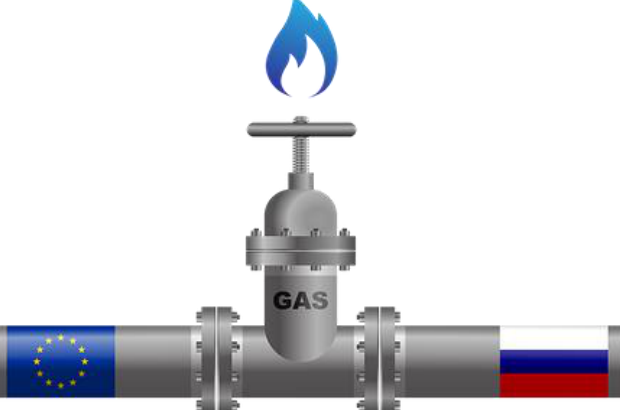
If cold weather is confirmed, it is not impossible that natural gas could return to $6.40, and if LNG facilities at Freeport do resume operations quickly, market sentiment could become more optimistic." On the other hand, if the GFS and European ECMWF weather forecasting models, by chance, withdraw their respective forecasts for a mid-November cold weather outbreak, and, assuming that the Freeport LNG terminal also delays the restart of its facilities until late November or December, the NYMEX could sell off further into the $5.20/MMBtu region or lower. Meanwhile, Sunil Kumar Dixit, chief technical strategist at SKCharting.com, had a similar view, noting that "momentum indicators seem hesitant to rally, so upside may be limited, and a double bottom at $5.31 and $5.35 on the weekly chart may lift the dollar to $6.77 and then $7.32. However, if prices fall below $5.30 with supportive volume, a quick retest of $5.15 and $5.0 is expected. The medium-term outlook suggests that if natural gas continues to fall below the psychological barrier of $5.0, the bulls will suffer more, whilethe shorts will be keen on their area of interest at $4.30 and $3.80 for a longer period of time." The analyst added, "As long as oil prices can hold at $5.35 and $5.88, the bullish natural gas folks will have a good time. In addition, analysts at The Schork Report also said in a blog post at naturalgasintel.com that this week's price roller coaster shows the market is eagerly "waiting for the first cold snap of the quarter. Eli Rubin, senior analyst at EBW AnalyticsGroup, also said that the expected colder weather in mid-November could add 15 billion cubic feet per day to natural gas demand, and that "fundamental support could come later this month if the natural gas market can withstand a short-term extreme bear market. Rubin also noted that more volatility could be ahead as the market expects the U.S. Energy Information Administration (EIA) to report an increase in natural gas inventories for the week ending Oct. 28.



